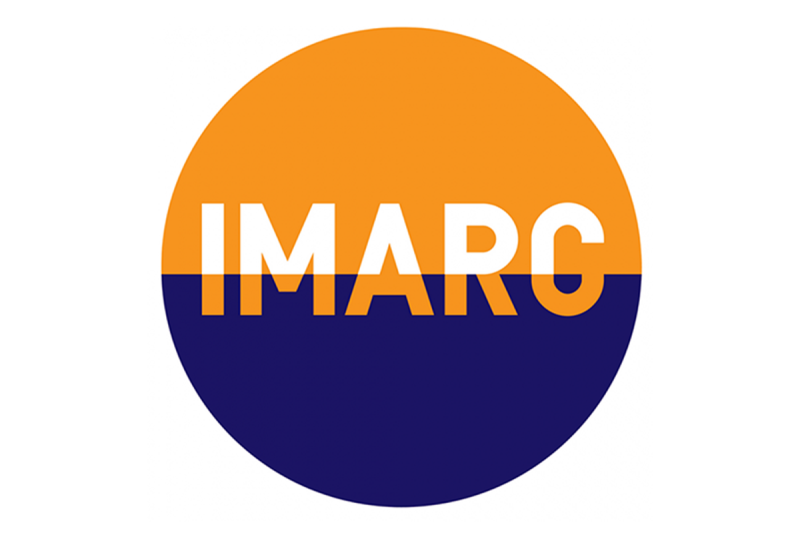In the modern industrial era, the demand for critical minerals has skyrocketed due to their central role in high-tech industries such as electronics, renewable energy, and defense. These minerals are essential components for various technologies like batteries, semiconductors, and other applications critical for economic growth and sustainability. However, the global supply chain for these critical minerals is facing challenges, prompting industry stakeholders and governments to seek alternative financing solutions to drive exploration and development of critical mineral projects.
One key challenge in the critical minerals sector is the high capital requirements for exploration, mine development, and production. Traditional financing sources, such as equity markets and bank loans, have limitations in providing the necessary funding for these projects due to their risky nature, long lead times, and uncertain returns. As a result, industry players are turning towards alternative financing mechanisms to bridge the capital gap and facilitate the development of critical mineral projects.
One promising alternative financing option for critical mineral projects is streaming and royalty agreements. In a streaming agreement, a financing company provides upfront capital to a mining company in exchange for the right to purchase a portion of the project’s future production at a discounted price. This structure allows mining companies to access funding without taking on debt or diluting existing shareholders while providing investors with exposure to the project’s potential upside.
Royalty agreements involve a similar concept, where investors provide capital to a mining company in exchange for a percentage of the project’s future revenues. Unlike streaming agreements, royalty agreements do not involve purchasing physical metal but instead entitle investors to a share of the project’s sales proceeds. This model provides a more predictable revenue stream for investors while offering mining companies a non-dilutive financing option.
Another alternative financing approach gaining traction in the critical minerals sector is the use of strategic partnerships and off-take agreements. Strategic partnerships involve collaboration between mining companies and industry players, governments, or financial institutions to jointly develop critical mineral projects. These partnerships can include technology transfer, shared infrastructure development, and access to markets, reducing the financial burden on individual mining companies.
Off-take agreements, on the other hand, involve securing commitments from end-users or traders to purchase a specified quantity of the project’s future production at pre-agreed prices. These agreements provide revenue certainty for mining companies, enabling them to secure financing based on guaranteed future cash flows. Additionally, off-take agreements can help mitigate market risks and provide visibility on demand for critical minerals.
Furthermore, crowdfunding and impact investing are emerging as alternative financing channels for critical mineral projects. Crowdfunding platforms allow individual investors to contribute small amounts of capital towards critical mineral projects, providing a decentralized funding source for exploration and development. Impact investors, on the other hand, seek to support projects that align with their environmental, social, and governance (ESG) criteria, providing capital to critical mineral projects with a focus on sustainability and responsible practices. These financing options not only provide financial support but also contribute to building a more inclusive and sustainable critical minerals sector.
In conclusion, the search for alternative financing solutions for critical mineral projects is essential to meet the growing demand for these essential resources. By exploring innovative funding mechanisms such as streaming and royalty agreements, strategic partnerships, off-take agreements, crowdfunding, and impact investing, the critical minerals sector can overcome financial barriers and drive sustainable growth and development. Collaboration between industry stakeholders, governments, and investors is crucial in unlocking the full potential of critical mineral projects and ensuring a stable and secure supply of these vital resources for future generations.
